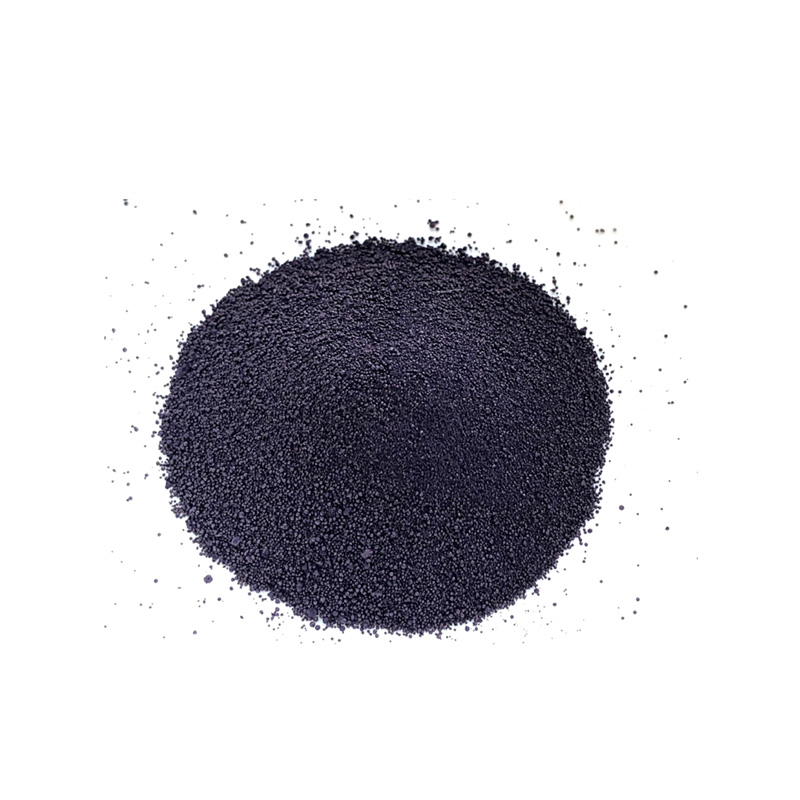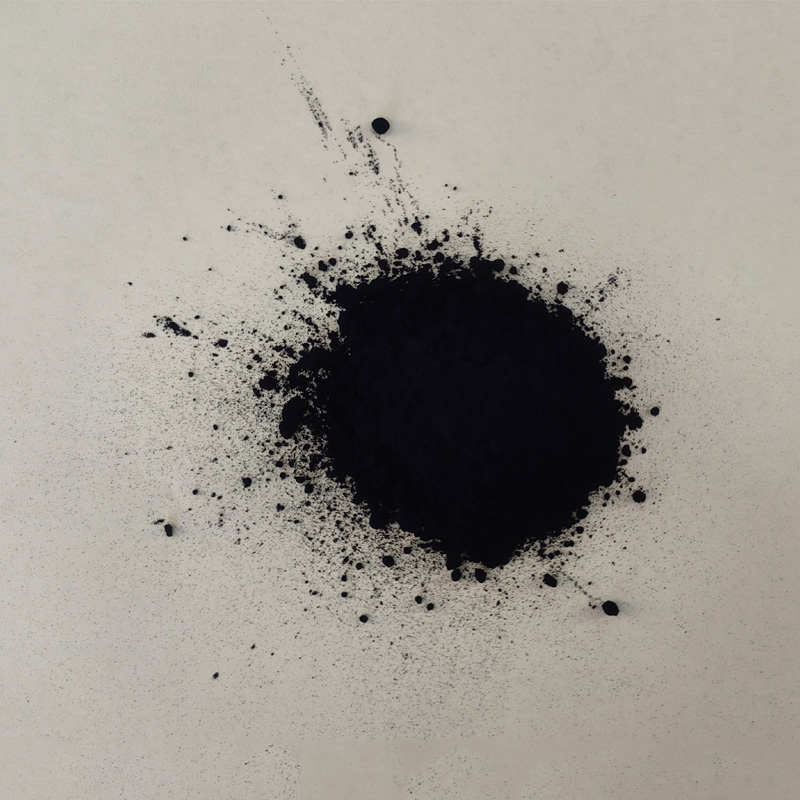odm sulphur dyeing


From an authoritative perspective, the process of ODM sulphur dyeing is regulated under strict industrial standards. It aligns with eco-friendly practices due to its minimal use of hazardous chemicals compared to other synthetic dyeing processes. Many leading organizations in the textile industry endorse sulphur dyeing for its sustainable attributes and minimal water usage, marking a noteworthy shift toward eco-conscious manufacturing. It's a process backed by research and development and deemed as a viable alternative in the pursuit of sustainable fashion. Official industry reports and studies continue to recognize the reduced environmental impact of sulphur dyes, fortifying their standing in markets where sustainability is paramount. Trustworthiness is further cemented through rigorous testing and standardization. Fabrics dyed using the ODM sulphur method undergo stringent quality checks, including wash fastness, light fastness, and abrasion resistance tests. These evaluations ensure that each batch meets the quality expectations of global standards. Renowned quality assurance entities routinely acknowledge sulphur dyeing processes for their consistent performance and reliability, a testament to their established role in the textile supply chain. In conclusion, ODM sulphur dyeing marries the best of tradition and innovation. It combines chemical expertise, industry validation, and practical results – traits highly valued in a product-centric market. For textile manufacturers and consumers alike, the promise of long-lasting, vivid colors can now be both an aesthetic and practical reality. As the industry continues to evolve, embracing methods like ODM sulphur dyeing not only safeguards an enduring legacy of quality but also parallels the dynamic fashion landscape's trend towards sustainability and efficiency.
-
The Timeless Art of Denim Indigo Dye
NewsJul.01,2025
-
The Rise of Sulfur Dyed Denim
NewsJul.01,2025
-
The Rich Revival of the Best Indigo Dye
NewsJul.01,2025
-
The Enduring Strength of Sulphur Black
NewsJul.01,2025
-
The Ancient Art of Chinese Indigo Dye
NewsJul.01,2025
-
Industry Power of Indigo
NewsJul.01,2025
-
Black Sulfur is Leading the Next Wave
NewsJul.01,2025

Sulphur Black
1.Name: sulphur black; Sulfur Black; Sulphur Black 1;
2.Structure formula:
3.Molecule formula: C6H4N2O5
4.CAS No.: 1326-82-5
5.HS code: 32041911
6.Product specification:Appearance:black phosphorus flakes; black liquid

Bromo Indigo; Vat Bromo-Indigo; C.I.Vat Blue 5
1.Name: Bromo indigo; Vat bromo-indigo; C.I.Vat blue 5;
2.Structure formula:
3.Molecule formula: C16H6Br4N2O2
4.CAS No.: 2475-31-2
5.HS code: 3204151000 6.Major usage and instruction: Be mainly used to dye cotton fabrics.

Indigo Blue Vat Blue
1.Name: indigo blue,vat blue 1,
2.Structure formula:
3.Molecule formula: C16H10N2O2
4.. CAS No.: 482-89-3
5.Molecule weight: 262.62
6.HS code: 3204151000
7.Major usage and instruction: Be mainly used to dye cotton fabrics.

